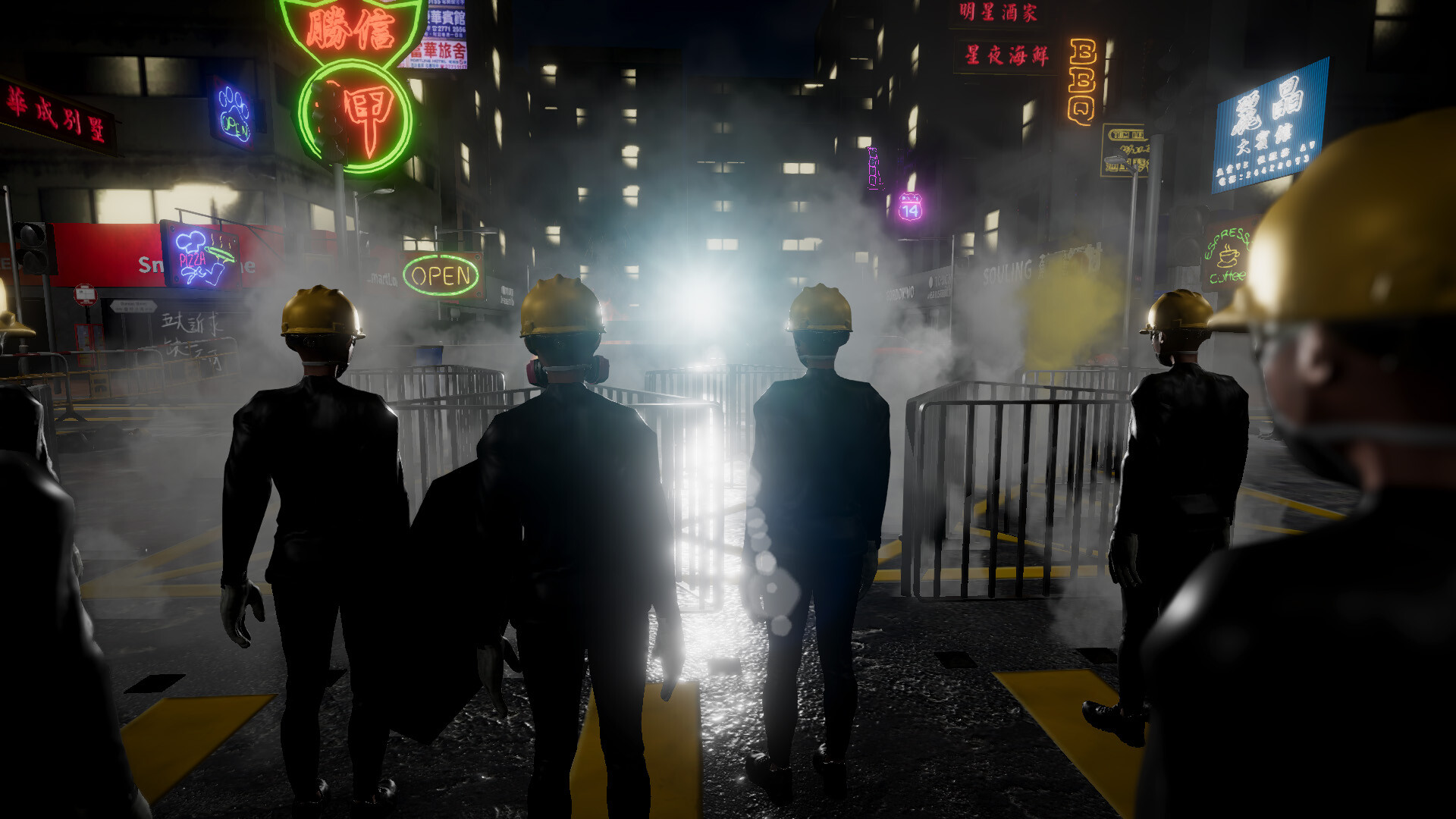
Saved by Keely Adler
Imagination Infrastructuring for Real and Virtual Worlds

Saved by Keely Adler
“The mythic imagination”, Martin Shaw has said, “is not just about telling stories, it's about creating a new story for our time, in relationship with the larger forces that shape our lives.”
for art to serve social imagination, it has to be organised in ways that allow time for it to be absorbed and adapted, so that it becomes an act of co-creation rather than just an act of consumption or an enjoyable way to pass the evening.15 If it is only an object for the passing gaze, then it is, perhaps, bound to fail. Experiences that are
... See more